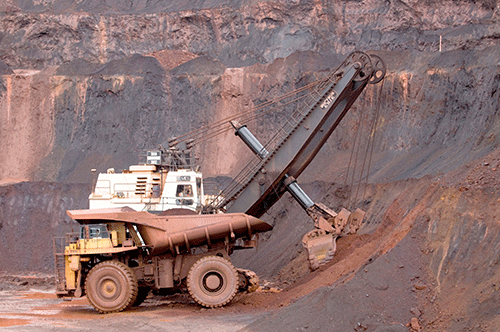A new iron ore mine in the Dordabis area owned by private investors is expected to be operational by the fourth quarter of 2024. Owned by Lodestone Namibia, the mine has quelled community speculation and fears that it will compromise the Oanob Dam by using its water for its operations.
The new mine has an expected life of 17 years and intends to employ over 150 full-time employees once fully operational.
Responding to questions from New Era, the chief operating officer of Lodestone Namibia, Daniel Castelyn explained that the bankable feasibility study for the mine was completed in December 2021 for the exportation of 0.75 metric tonnes per annum (Mtpa) of high grade iron ore.
“We are going to market to secure capital expenditure funding for this phase. Should financial close be reached before June 2022, we will be operational in Q4 2024,” Castelyn stated. He added that 0.75 Mtpa, with a ramp-up to 2 Mtpa is planned for year three of the mine’s operations.
Castelyn continued that Anglo America Marketing Limited will be the main off takers of the iron ore produced while the ore will be beneficiated to a 66Fe concentrate.
Meanwhile, the new mine will require about seven Megawatts of electricity, which will be received from the Auas substation. Despite fears from the local communities that the new iron ore mine would use valuable water from the Oanob Dam, which would have had to be piped a considerable distance, Castelyn said the mine would instead use greywater from the Ujams reclamation plant.
Ujams collects wastewater discharged from Windhoek’s Northern Industrial Area, which is then filtered and disaggregated and then enters a Membrane Bioreactor (MBR) system. Before being discharged outside, the water is disinfected via ultraviolet (UV) treatment before various treatment areas are connected to an odour elimination process. Ujams has a daily installation capacity of 5 000 m³.
Global iron ore production is forecasted to grow to 3.17 billion metric tonnes in 2026, supported by factors such as increasing production of crude steel, escalating urban population, an upsurge in GDP and an accelerating consumer durables industry. However, market growth could be challenged by trade wars, increased prices of raw materials and huge capital requirements.
– ebrandt@nepc.com.na


